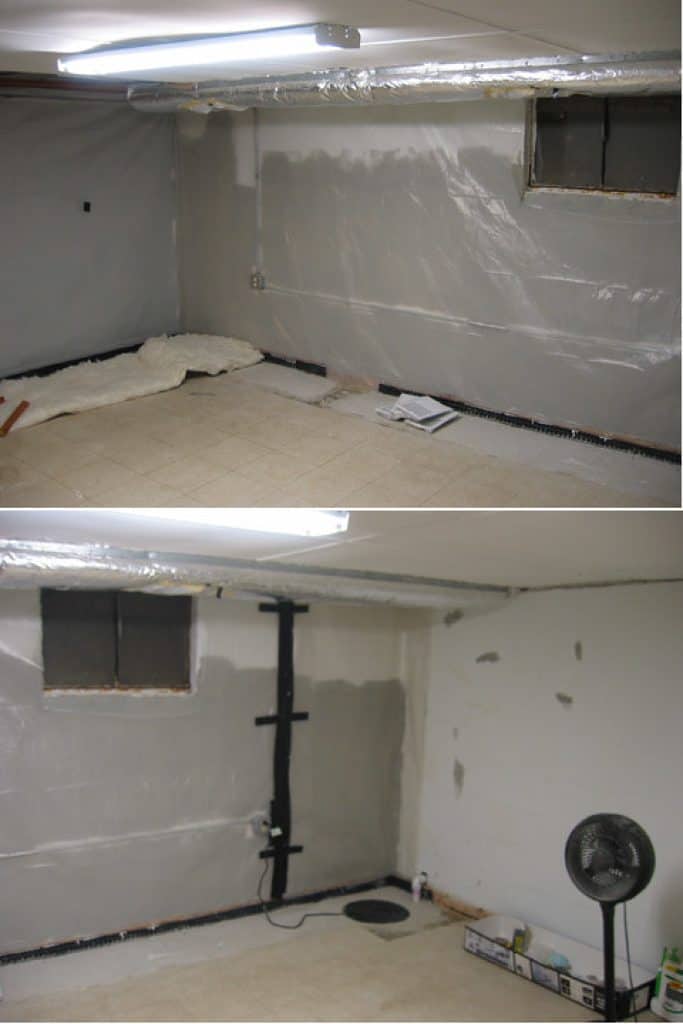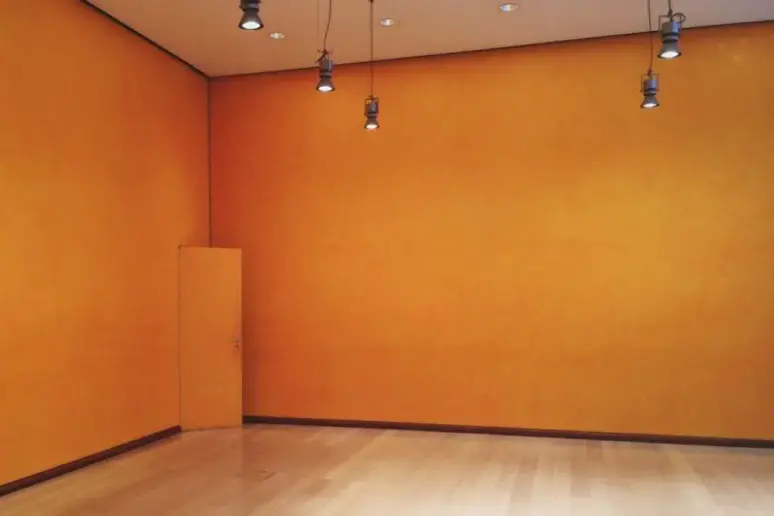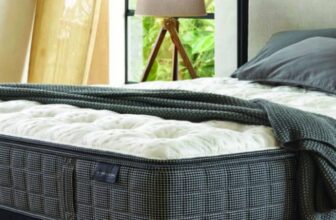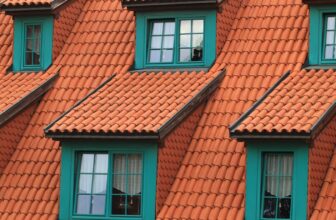Is Drylok Bad For Basement Walls? (Answered!)
A dry basement is one of the keys to keeping your house safe, healthy to live in, and visually appealing.
Moisture in the basement can lead to the development of mold, fungi growth, wood rot, and other problems.
Combined, these issues may compromise your home’s structural stability and ruin its visual appeal.
So, waterproofing the basement is a must if you want to prevent these complications.
Fortunately, there are plenty of waterproofing paint products that can help you deal with these issues and keep your basement walls dry.
Probably the most popular products come from Drylok, which offers a wide variety of waterproofers for use on both interior and exterior walls.
However, some homeowners worry whether Drylok can do the job in highly moist conditions that are usually found in basements.
Below, I’ll explain is Drylok bad for basement walls and should it be your waterproofing product of choice.
Is Drylok Bad For Basement Walls?
Drylok is certainly one of the best waterproof paint products on the market.
Drylok can do a pretty good job in keeping your basement drier than it previously was.
However, using it also has its downsides.
It will not cut off the source of moisture nor prevent it from getting into the blocks behind the barrier it creates.
This means that the mold will still have favorable conditions to develop, but it will have a harder time getting to the wall surface.
In addition, Drylok doesn’t expand or contract, so as the humidity level and pressure in the wall grows, it may start to crack, flake, or peel.
Also, as the Drylok paint keeps water from coming onto the wall surface it can lead to the creation of bubbles which increase the pressure in certain areas of the wall.
Over time, this can result in structural damage to your home.
Does Drylok Stop Water From Coming In Basement?

Drylok will definitely lower the level of humidity and moisture in your basement.
It successfully penetrates pores in the concrete and cinder blocks most basement walls are made of and creates a strong protective layer.
Still, while it does prevent most of the water from coming to the wall surface, it’s not a fully waterproof solution.
Basically, it only acts as an extra barrier but doesn’t stop water from getting into the materials your basement is made of.
Most of the water comes to the basement from the unsealed exterior, flawed drainage system, or due to the lack of draining soil around the basement.
Drylok doesn’t really deal with any of these problems. It’s simply a band-aid solution that never solves the core issue of basement moisture.
The only way to deal with this is to fully seal your basement foundation, so the water has no way of going in.
How Long Does Drylok Last On Basement Walls?
The amount of time Drylok will last on your basement walls can vary depending on various factors.
Mainly, which type of Drylok product you’re using.
The manufacturer’s warranty is commonly a pretty good indicator of the product’s durability and the most commonly used Drylok’s pain,
Original Masonry Waterproofer is warranted for 10 years. The more expensive Drylok Extreme comes with a 15-year warranty.
This is because the Extreme variant of Drylok waterproofer is more resistant to various basement conditions and, thus, should serve you longer.
It can stand more hydrostatic (15 PSI) pressure than the Drylok Original (10PSI).
This is important as water pressure coming from inside the walls is the main reason for paint cracking and flaking.
Can You Paint Drylok Over Mold?
In many cases, the basement you want to apply Drylok in will already have mold issues.
While you can paint straight over mold and mildew, this won’t do much to solve your problem.
As Drylok doesn’t kill mildew and mold, doing this won’t stop fungi from growing.
The only thing you will achieve is making your walls temporarily look nicer, while the mold will eventually appear again.
So before you apply Drylok, you should identify moldy spots and treat them.
These are commonly black, gray, or brown spots on the wall, although sometimes they can be orange, white, or greenish.
Once you’ve found the infected areas, treat them with a cleaning solution and scrub these marks off the wall or any other surface you plan to use Drylok on.
Only then, you can apply the Drylok and paint it over the clean surface for the best protection.
Can You Paint Drylok Over Existing Paint?

Simply painting Drylok over the existing paint is very tempting as it’s much easier and cuts down the required work by a lot.
Nevertheless, in some cases, doing this is not recommended.
Drylok is a cementitious, oil-based product, mainly intended for use on bare masonry on concrete.
Still, you can also paint it over other cementitious-type paints if they’re in good condition.
However, if the previously applied paint is oil or latex-based you should avoid painting Drylok straight over it.
Drylok has certain chemical additives that allow it to do its job and successfully penetrate the pores in concrete or masonry and form a waterproof barrier.
While painting over the existing oil or latex-based paint won’t affect the finish and the appearance of the paint, these crucial waterproofing properties and delicate chemical design will be affected, hindering Drylok abilities to penetrate the masonry and waterproof the surface.
Conclusion
Concrete, commonly used for basement walls and foundations, is one of the strongest building materials.
However, it’s very porous and thus prone to water absorption which means that you have to protect it in some way to keep your basement free of moisture and humidity.
For a lot of homeowners, the chosen method of waterproofing is the Drylok paint.
This product indeed does great to prevent moisture from coming out to walls’ surface, but it doesn’t really provide 100% waterproofing protection and mold protection.
It simply creates the barrier keeping water from coming out but still keeping it within the basement foundational structure.
Drylok can be a part of the solution but for full waterproofing, you should probably consult a professional and look into fully sealing the basement’s foundation.



















































































